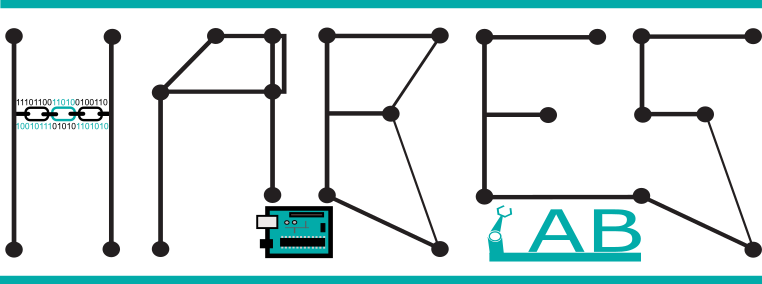Our participation in ISORC 2024 underscores our commitment to advancing research in decentralized identity management, privacy-enhanced federated learning, and secure authentication schemes. We are excited to share our findings with the real-time systems community and to contribute to the ongoing dialogue on innovative solutions to real-time challenges.
We presented contributions in two different research areas:
This paper introduces an innovative framework combining decentralized identity management with privacy-enhanced federated learning for automotive systems. Key aspects include:
- Decentralized Identity Management: Leveraging blockchain technology to manage identities in a decentralized manner, enhancing security and privacy.
- Federated Learning: Utilizing federated learning techniques to enable secure and private data sharing and model training across various automotive systems without compromising sensitive information.
- Application in Automotive Systems: Addressing specific challenges in the automotive industry, such as secure communication between vehicles and infrastructure, and enhancing overall system reliability and safety.
SRAM-PUF Authentication Schemes Empowered with Blockchain on Resource-Constrained Microcontrollers
This paper explores the use of SRAM-PUF (Physically Unclonable Functions) authentication schemes integrated with blockchain technology for resource-constrained microcontrollers. Key features include:
- SRAM-PUF Technology: Employing SRAM-PUFs to generate unique and secure keys for device authentication, ensuring robust security even in resource-limited environments.
- Blockchain Integration: Utilizing blockchain to enhance the security and integrity of the authentication process, providing a decentralized and tamper-proof solution.
- Resource-Constrained Microcontrollers: Demonstrating the feasibility and efficiency of this approach on microcontrollers with limited computational resources, making it suitable for a wide range of IoT applications.
